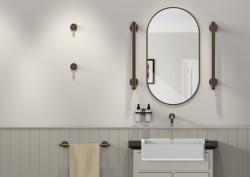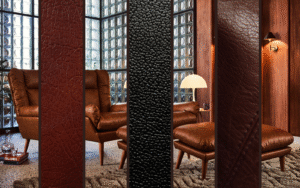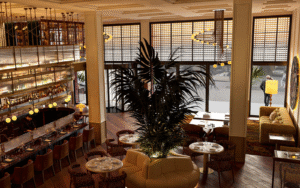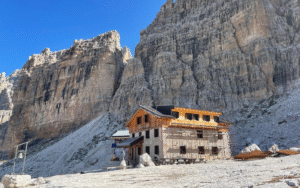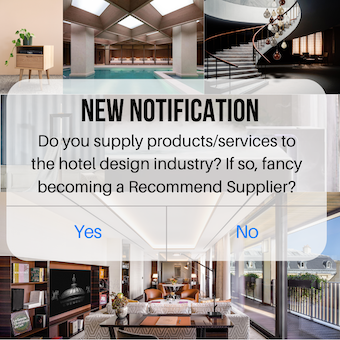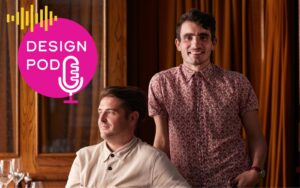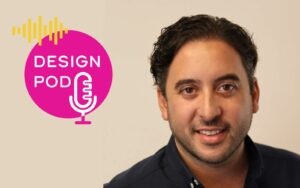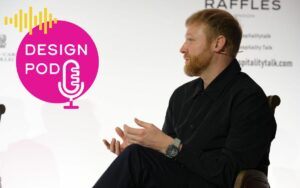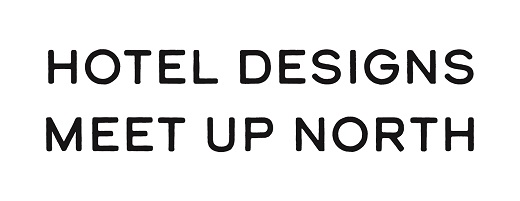Hotel Designs catches up with Tolù Adẹ̀kọ́ to ask him his thoughts on accessible design ahead of MEET UP North next month, where he’ll be speaking on our second Accessible Design Talks panel: Accessibility Through the Lens of Neurodivergence…
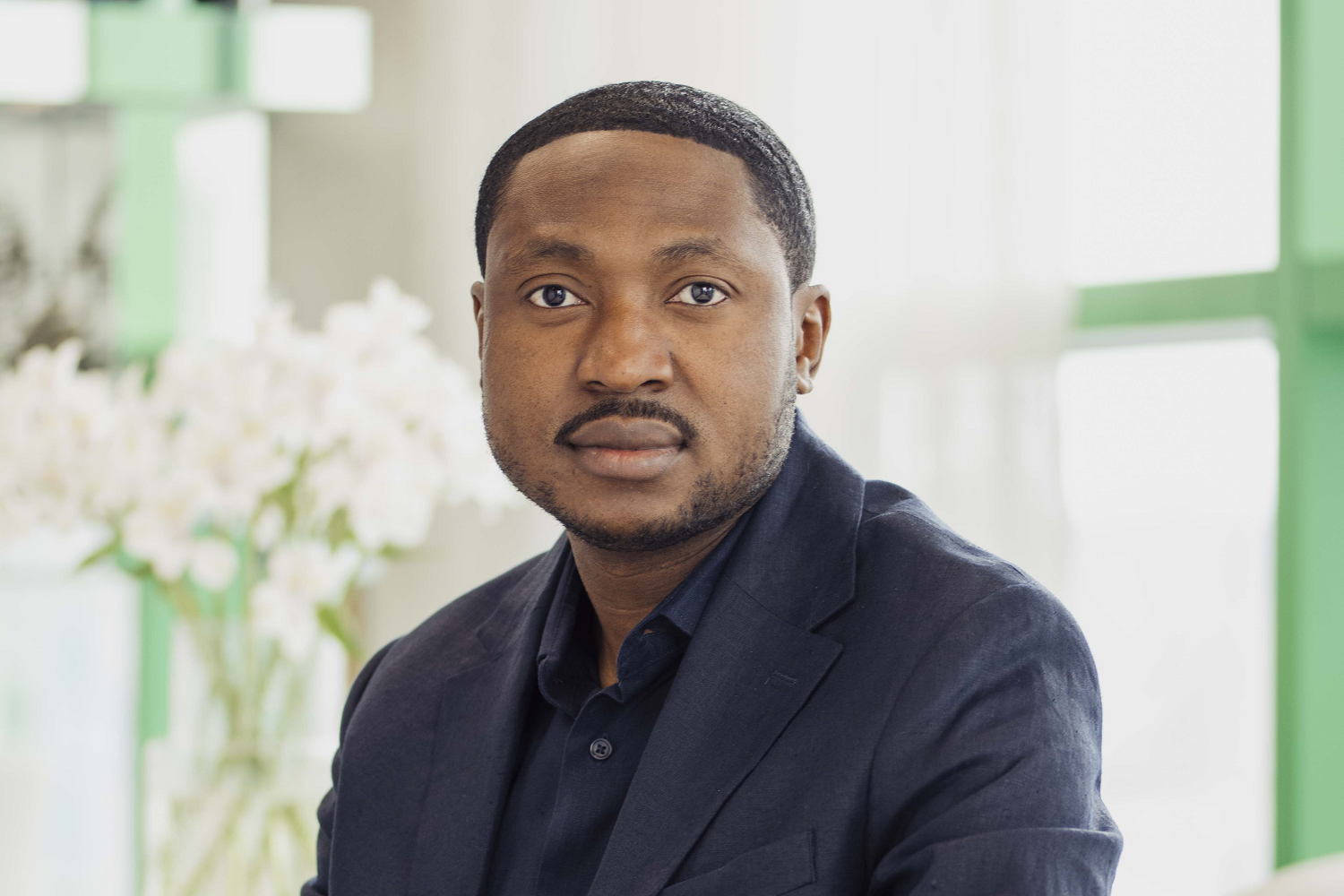
Keen to spread the discussion far and wide, Hotel Designs will be bringing its newly launched series, Accessible Design Talks, to Liverpool this summer at the acclaimed networking event, MEET UP North.
Having garnered mounting interest from the industry on the topic of accessibility within the hospitality space, Hotel Designs is proud to be leading open conversations in the design arena, where interior designers, hoteliers, and those with lived experience of disability and neurodivergence can come together to share their ideas on how to create hotel spaces that are truly inclusive.
Together with IHG Hotels & Resorts Tolù Adẹ̀kọ́, Founder and Creative Director at Adẹ̀kọ́ & Co, has been carrying out extensive research to help redefine brand standards globally to ensure hotels are as accessible to everyone as possible. He will be talking on the panel at MEET UP North along with Melissa Messmer, Global Head of Design, Luxury Brands, InterContinental and Regent Hotels at IHG Hotels & Resorts, and Carly Sharp, Founder at Ode & Ettle. Here Tolù answers some quick-fire questions on the topic.
Hotel Designs: What’s the first thing you think about when designing an inclusive hotel space?
Tolù Adẹ̀kọ́: Ease without effort. For us, inclusion begins with intuition – how someone moves, sees, hears, and feels the space without having to ask for adaptation. The design should anticipate needs, not react to them. That includes considering visible and invisible needs: physical mobility, visual impairments, temporary disabilities, age-related limitations, neurodivergence and more. It’s about creating a space that looks and feels extraordinary while being inherently accessible to everyone.
HD: Luxury and inclusivity – can they coexist?
TA: Absolutely. True luxury is being considered. When a guest feels seen, comfortable and effortlessly catered for, that’s the highest form of hospitality. Inclusion doesn’t dilute luxury – it defines it.
HD: One material or finish that’s both stylish and inclusive?
TA: Textured wallcoverings. They’re visually rich and offer tactile feedback that can aid those with sensory needs or visual impairments. It’s a beautiful design gesture that serves a deeper purpose – a perfect example of inclusive detailing.
HD: Top of your checklist on designing for neurodivergent guests?
TA: Calm zones. Quiet, low-stimulation spaces where guests can decompress. These areas rely on thoughtful lighting, sound control and spatial flow to offer guests the autonomy to recharge as needed.
HD: What’s a game-changing inclusive design element you wish every hotel had?
TA: Adaptive lighting. The ability to adjust light intensity and temperature gives guests more control over their environment, whether they need calm or clarity. It’s a small feature with a huge emotional impact.
HD: Other than mobility access – what are the top touchpoints that need to be included as a matter of course in hotel design?
TA: Wayfinding, acoustic comfort and intuitive technology. Guests should never feel lost or overwhelmed. Clear signage, ambient acoustics and easy-to-use tech help build confidence in new environments – especially for those with sensory sensitivities.
HD: Biggest challenge in convincing clients to invest in inclusive features?
TA: It’s often perceived as an added cost. We reframe it as brand value. Inclusive design builds customer loyalty strengthens reputation and makes spaces more future proof. It’s not just ethical – it’s strategic.
HD: What does ‘invisible inclusivity’ mean to you?
TA: It means creating environments that feel seamless for everyone – where no one feels singled out. The inclusivity is built in, not bolted on. You may not notice it immediately, but you feel it deeply.
HD: Which hotel, in your opinion, ticks all the inclusive hotel design boxes?
TA: There’s growing momentum in this area, which is exciting. We’ve been working closely with IHG and InterContinental on projects that embed inclusivity from the start. They’re taking real steps toward universal design – not just meeting requirements but creating spaces that feel good for everyone.
HD: What’s next for inclusive design in hospitality?
TA: Co-creation. We need to move beyond designing for and start designing with. That means collaborating with diverse voices from the outset – from community groups to neurodiverse thinkers to religious or cultural advisors. Ultimately, inclusivity needs to be embedded in education too. It should be taught not as a ‘specialism’, but as a foundation of all great design. That’s the future.
Be part of the conversation by attending MEET UP North at BOXPARK Liverpool on 9th July… register for your ticket here.






